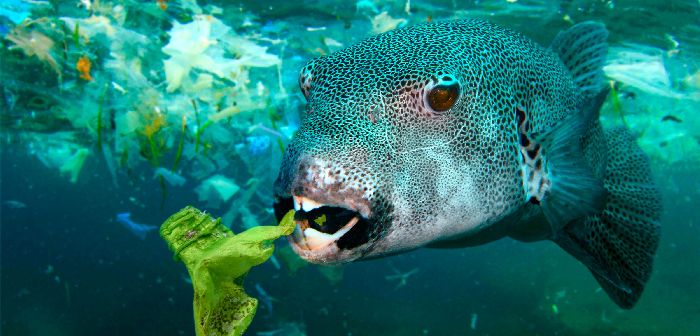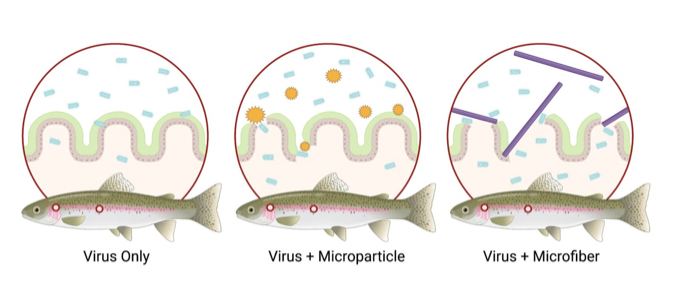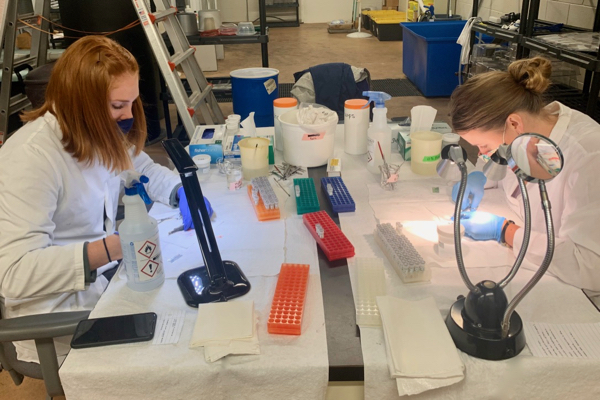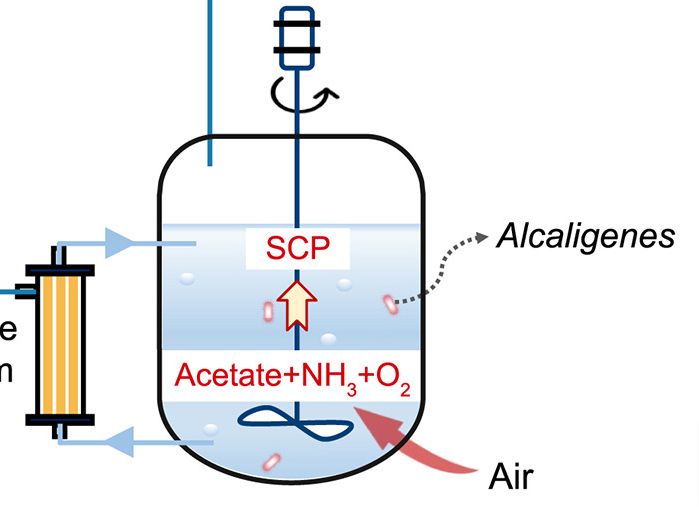
Recent study has shown that the presence of microplastics can increase the severity of a viral fish disease.
This highlights that microplastics not only pose serious threats to ecosystem and human health, but also to aquatic organisms.
Lead researcher, Dr. Meredith Evans Seeley, conducted the study as part of her Ph.D. program at William & Mary’s Virginia Institute of Marine Science. Her co-authors include VIMS professors Rob Hale, Andrew Wargo, and Wolfgang Vogelbein; W&M professor Patty Zwollo; and VIMS laboratory technician Gaelan Verry.
IHNV, a virulent pathogen
The team investigated the potential impact of microplastics on the severity of a viral fish disease in fish farms, which are known to have high concentrations of microplastics and pathogens. The results suggest that microplastics can increase the severity of the disease, especially IHNV infection.
IHNV (Infectious Hematopoietic Necrosis Virus) is a virus that affects various species of salmon like rainbow trout, steelhead trout, chinook salmon, and sockeye salmon. It is considered a virulent pathogen due to its ability to cause severe infections and spread quickly in fish farms.

Microplastics aggravate the severity of disease
The study aimed to determine if there is a relationship between microplastics, the IHNV virus, and fish mortality.
Researchers exposed rainbow trout in aquariums to different concentrations of three types of microplastics (polystyrene foam and nylon fibers, and fragments of the saltmarsh cordgrass Spartina alterniflora) and later added the IHNV virus to half of the tanks.
Control tanks were kept free of both the virus and microplastics. The study followed guidelines from the Institutional Animal Care and Use Committee for hatching and rearing the fish.
The results showed that exposure to both microplastics and the virus increased the severity of the disease, with nylon fibers having the greatest impact.
This is the first documentation of such an interaction and highlights the importance of testing multiple stressors in a more environmentally realistic manner, said Dr. Seeley.
Dr. Rob Hale, an environmental chemist and Seeley’s doctoral advisor added that the toxicity of microplastics is not only considered in isolation but with other environmental stressors, such as viral infections.
Interaction between microplastics and IHNV
Dr. Andrew Wargo, an expert in the ecology of infectious diseases, mentioned that IHNV is a major problem for salmonid aquaculture and conservation in the Pacific Northwest, where it originated.
The study shows that there is an interaction between microplastics and IHNV, but the exact impact of this interaction in aquaculture or wild environments is unknown and will depend on the levels of plastic pollution and IHNV in a specific area.
Further research is needed to understand the full extent of this interaction and its impact on aquatic environments and species, concluded Dr. Wargo.

Damage caused by microplastics
Researchers are of the view that the increased severity of the viral fish disease observed in their lab is due to the physical damage caused by microplastics to the delicate tissues of the gills and gut lining of the fish.
This damage makes it easier for the virus to colonize its host and increase the severity of the infection.
Exposure to synthetic microplastics, such as nylon and polystyrene, had a greater impact on the severity of the viral fish disease than exposure to natural microparticles derived from Spartina.
The most significant impact was observed with exposure to nylon-derived microfibers. The researchers suspect that this may be due to the larger size, extended length, or the harder nature of the plastic compared to plant matter.
These findings highlight the importance of understanding the impact of different types of microplastics on the environment and aquatic life.
Takeaway
Microplastics are everywhere. Testing them alone may not reveal any significant impact. However, studying their interaction with various environmental stressors such as pathogens, rising temperatures, declining pH levels, increasing water turbidity, and other variables will make it vital to understand their impact on the environment and aquatic life.
This is just the beginning more research is to be done to understand the relationship between microplastics and pathogens. And the extent of impact it can leave on marine as well as other natural environment including human health.



